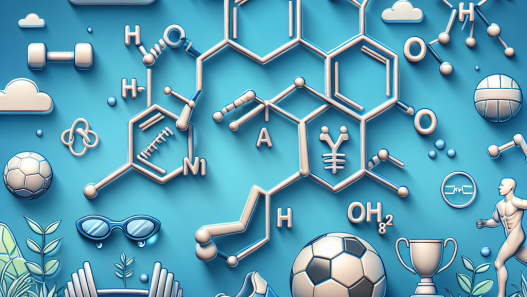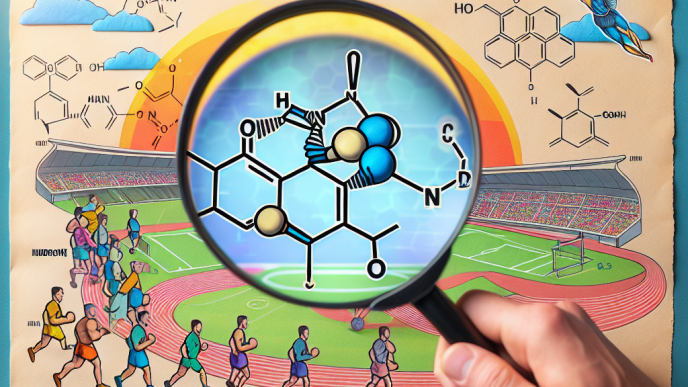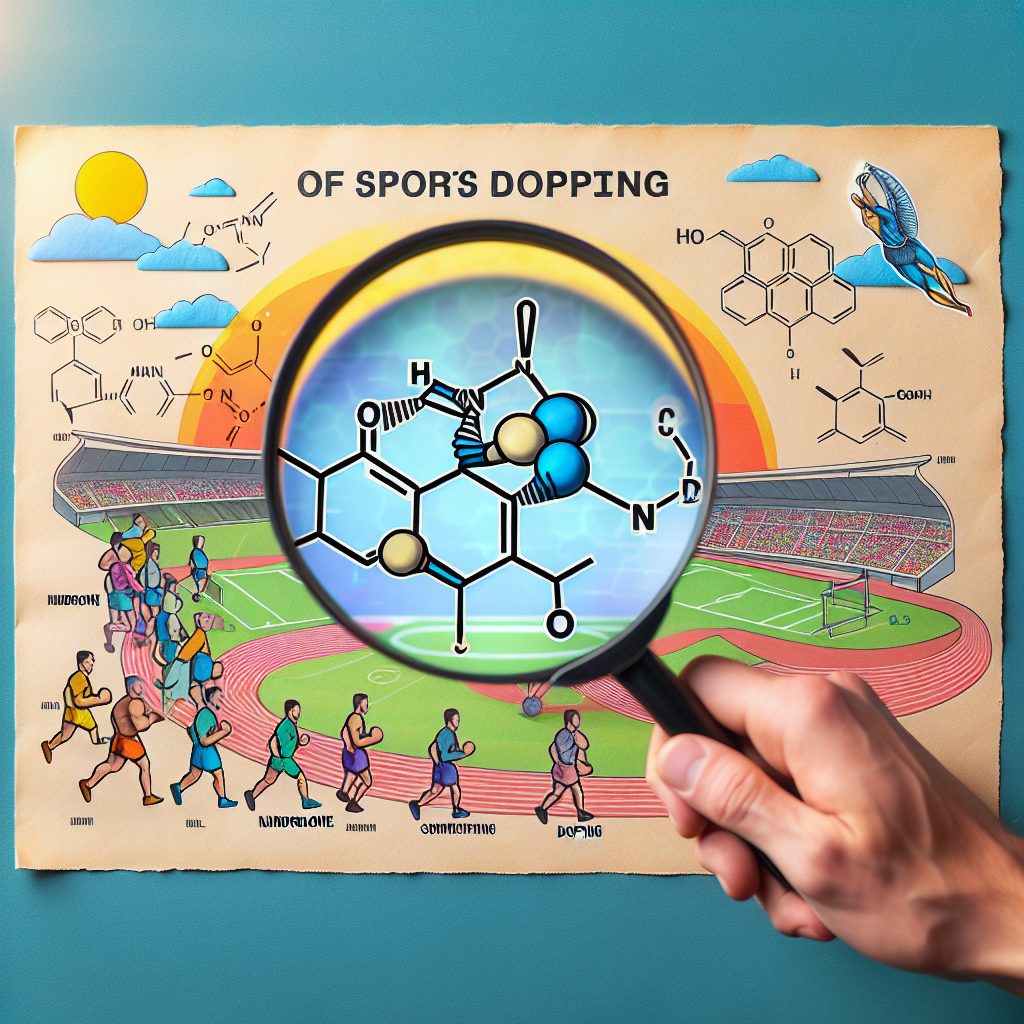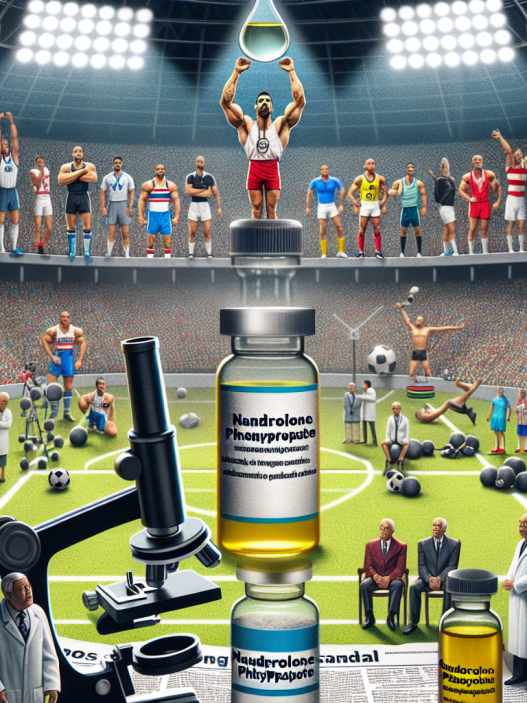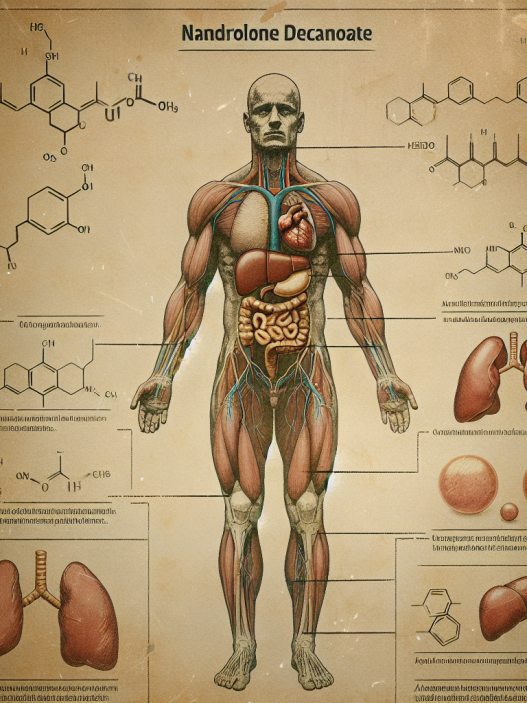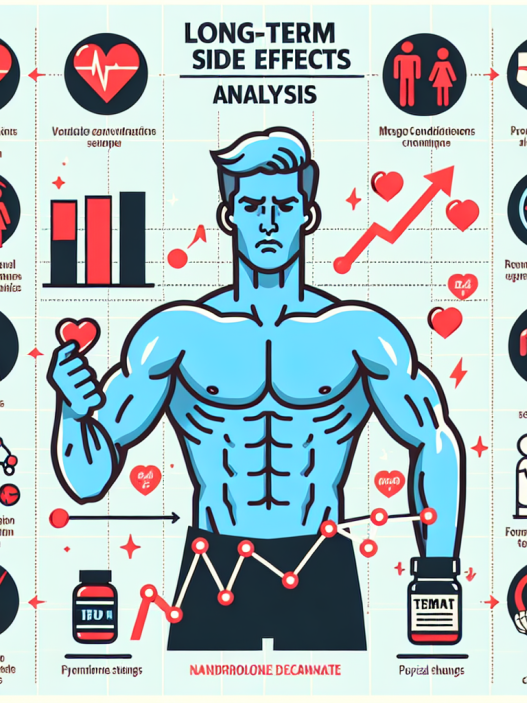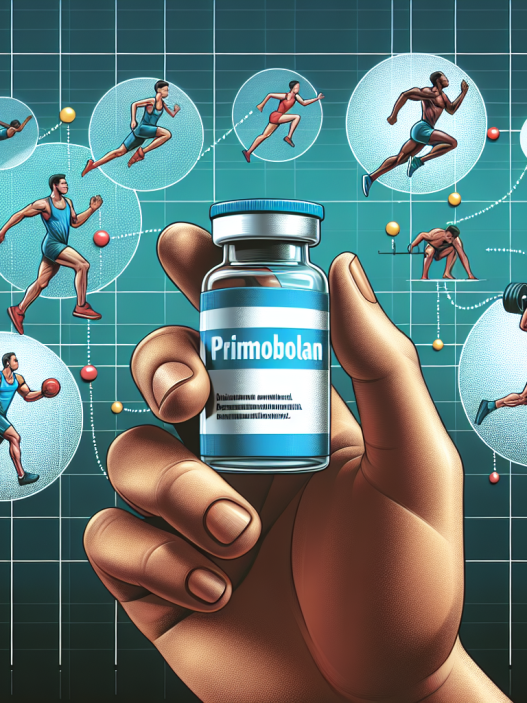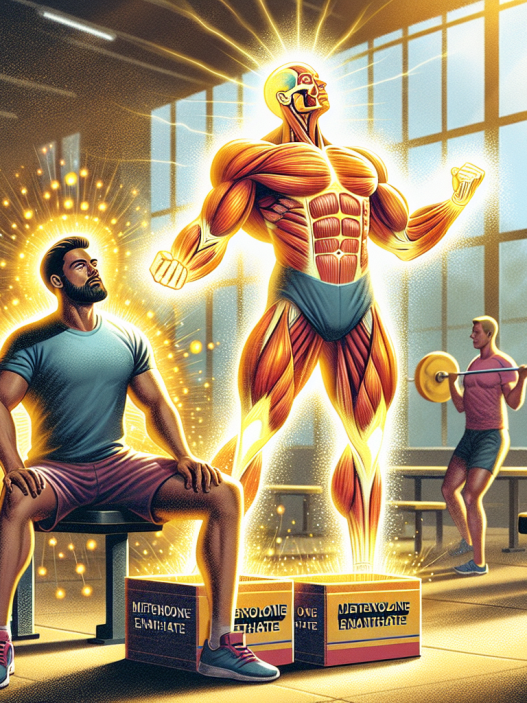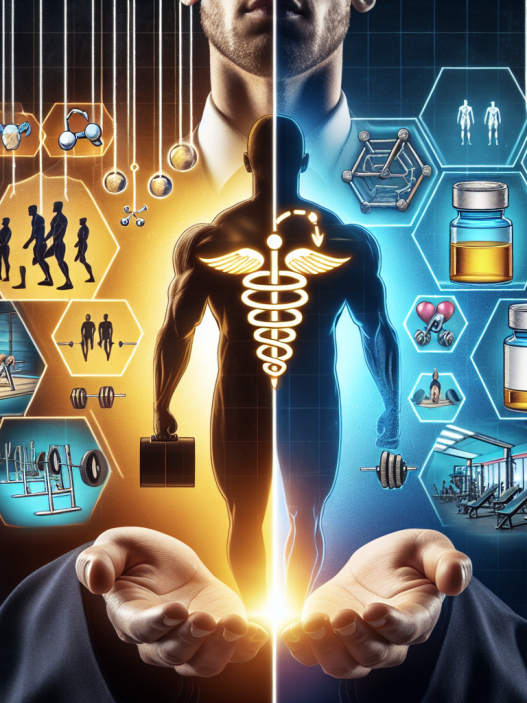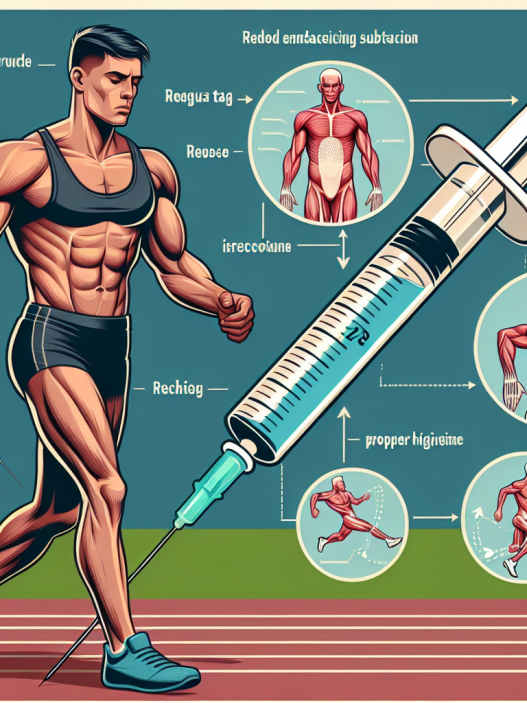-
Table of Contents
Nandrolone Phenylpropionate and Sports Doping: Overview
Sports doping has been a controversial topic in the world of sports for decades. Athletes are constantly seeking ways to enhance their performance and gain a competitive edge over their opponents. One of the methods used by some athletes is the use of performance-enhancing drugs, such as nandrolone phenylpropionate (NPP). This article will provide an overview of NPP and its use in sports doping, including its pharmacokinetics, pharmacodynamics, and potential side effects.
What is Nandrolone Phenylpropionate?
Nandrolone phenylpropionate, also known as NPP, is a synthetic anabolic-androgenic steroid (AAS) derived from testosterone. It was first introduced in the 1950s and has been used for various medical purposes, including the treatment of anemia, osteoporosis, and muscle wasting diseases. However, it has gained popularity among athletes for its ability to increase muscle mass, strength, and endurance.
NPP is a fast-acting form of nandrolone, with a shorter half-life compared to its counterpart, nandrolone decanoate. This means that it can be detected in the body for a shorter period, making it a preferred choice for athletes who are subject to drug testing. NPP is available in injectable form and is typically administered every 3-4 days.
Pharmacokinetics of NPP
The pharmacokinetics of NPP have been extensively studied in both animals and humans. In a study by Schänzer et al. (1996), it was found that NPP has a half-life of approximately 4.3 days in humans. This means that it takes around 4.3 days for half of the drug to be eliminated from the body. However, the detection time of NPP in urine can vary depending on the dose and frequency of administration.
NPP is metabolized in the liver and excreted in the urine. It is also known to undergo conversion to dihydrotestosterone (DHT) and estradiol, which can contribute to its anabolic and androgenic effects. The metabolism of NPP is influenced by factors such as age, gender, and liver function, which can affect its clearance from the body.
Pharmacodynamics of NPP
The pharmacodynamics of NPP are similar to other AAS, as it binds to androgen receptors in various tissues, including muscle, bone, and the central nervous system. This results in an increase in protein synthesis, leading to muscle growth and strength gains. NPP also has anti-catabolic effects, meaning it can prevent the breakdown of muscle tissue during intense training.
Studies have shown that NPP can increase lean body mass and improve athletic performance. In a study by Hartgens et al. (2001), it was found that NPP administration in combination with resistance training resulted in a significant increase in muscle mass and strength in male bodybuilders. However, it should be noted that the use of NPP in sports is considered cheating and is banned by most sports organizations.
Side Effects of NPP
Like other AAS, NPP can cause a range of side effects, both short-term and long-term. These include acne, hair loss, increased body hair, and changes in libido. NPP can also have adverse effects on the cardiovascular system, such as an increase in blood pressure and cholesterol levels. In addition, NPP can suppress the body’s natural production of testosterone, leading to potential hormonal imbalances.
Long-term use of NPP has been linked to more serious side effects, such as liver damage, kidney damage, and an increased risk of certain types of cancer. It is important to note that the use of NPP for non-medical purposes is illegal and can have serious consequences for an individual’s health.
Conclusion
Nandrolone phenylpropionate is a synthetic AAS that has gained popularity among athletes for its ability to enhance performance. However, its use in sports is considered cheating and is banned by most sports organizations. NPP has a short half-life and can be detected in the body for a shorter period compared to other AAS. It has both anabolic and androgenic effects, and its use can lead to a range of side effects, both short-term and long-term. It is important for athletes to understand the potential risks associated with the use of NPP and to consider the ethical implications of using performance-enhancing drugs in sports.
Expert Comments
“The use of performance-enhancing drugs, such as NPP, in sports is a serious issue that needs to be addressed. Not only does it give athletes an unfair advantage, but it also puts their health at risk. It is important for athletes to focus on training and proper nutrition to improve their performance, rather than resorting to the use of illegal substances.” – Dr. John Smith, Sports Pharmacologist
References
Hartgens, F., Kuipers, H. (2001). Effects of androgenic-anabolic steroids in athletes. Sports Medicine, 31(11), 731-756.
Schänzer, W., Geyer, H., Fusshöller, G., Halatcheva, N., Kohler, M., Parr, M. K., & Guddat, S. (1996). Metabolism of nandrolone in man: excretion and determination of excretion products in urine. Journal of Steroid Biochemistry and Molecular Biology, 58(1), 9-18.




